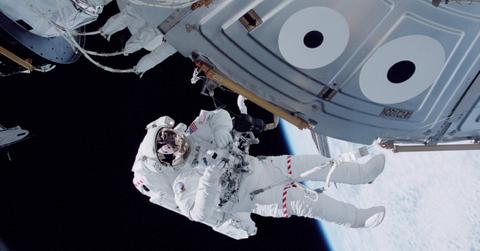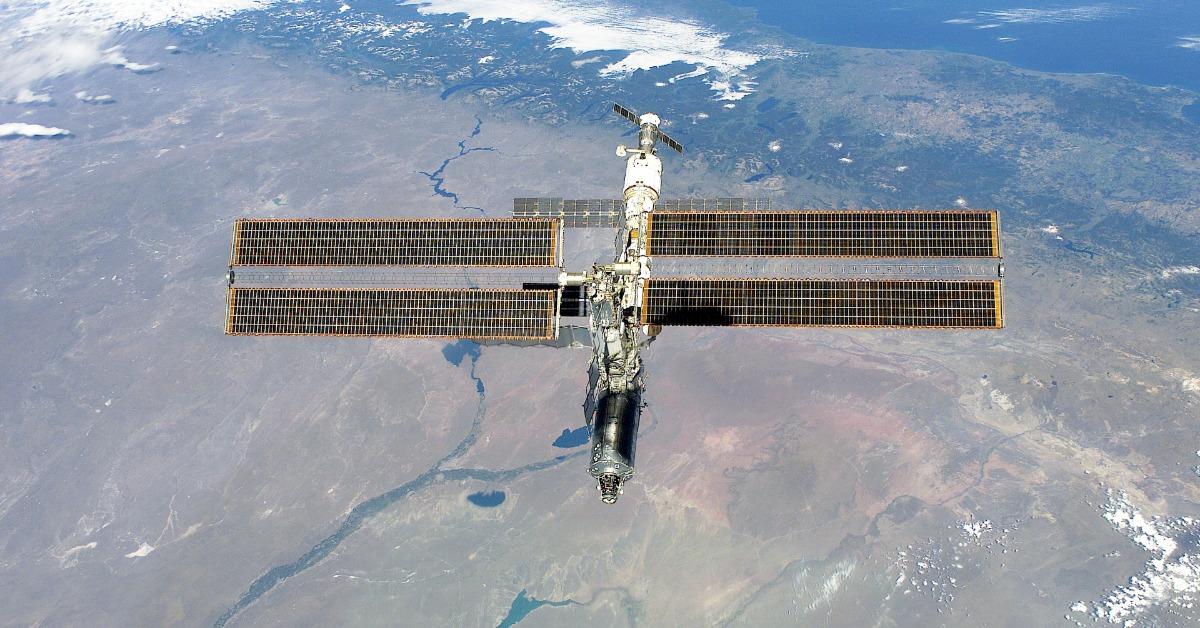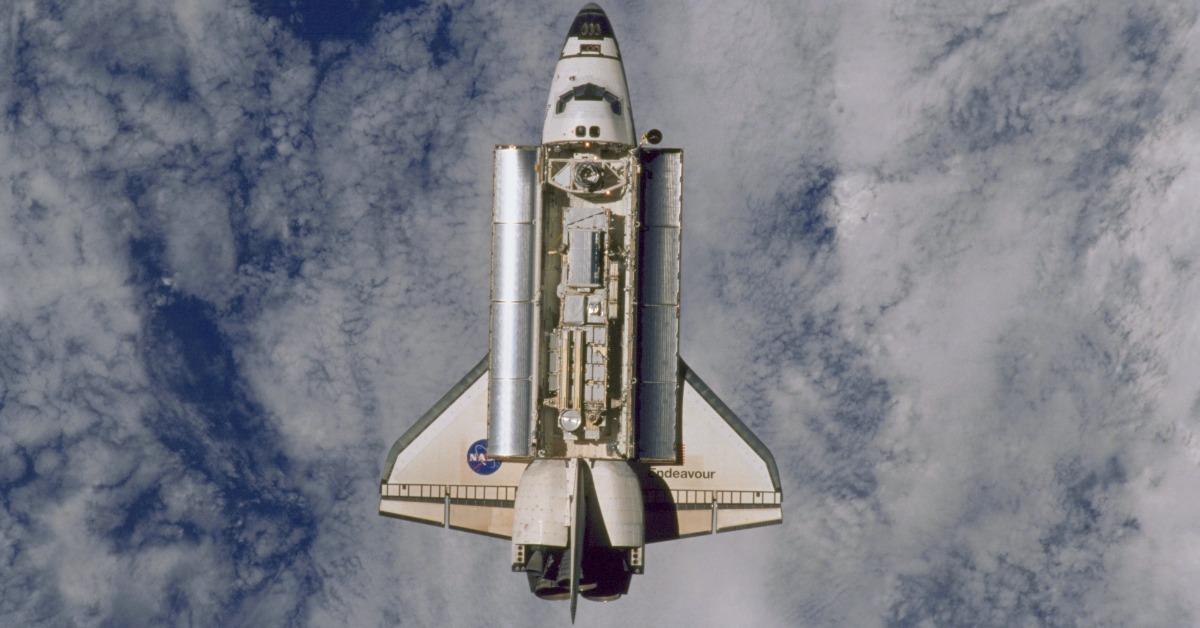This Is Exactly Where the International Space Station Will End up When It Crashes to Earth
Published Feb. 28 2022, 4:56 p.m. ET

Long considered to be the only bastion of international cooperation in space, the International Space Station has served as a bridge between the U.S. and Russia's space programs for decades now. Home to countless experiments and studies that have helped advance mankind in more ways than one over the last few decades, the ISS is the largest manned craft consistently in orbit around the planet.
However, some questions have arisen about its future in 2022, namely due to the ongoing tensions between NATO allies and Russia over President Vladimir Putin's decision to invade neighboring Ukraine on Feb. 24, 2022. International relations are integral to the continued function of the ISS, and Russia's tone about its involvement in the project has been grim ever since their Ukrainian invasion began. So, what happens if Russia pulls funding and the ISS crashes? Here's what we know so far.

What happens if the ISS crashes into Earth? Russia is threatening to stop supporting the station.
It goes without saying that the largest inhabited space station orbiting Earth has a pretty thorough plan for handling a variety of possible emergencies. The farthest-reaching of all of them is the topic being discussed: What if the ISS simply loses power, falls out of orbit, and randomly crash lands on Earth? Fear not, as this is the least-likely scenario under any given circumstances.
Per Wikipedia, the station is able to emergency-evacuate astronauts utilizing either a Soyuz spacecraft or SpaceX's Crew Dragon spacecraft in the event of a freak crash landing.
The question of whether the ISS could crash into Earth has come into focus more recently as Russia, per ZME Science, is claiming that sanctions against the nation will limit their cooperation on the ISS going forward and send it crashing down to Earth.
Naturally, this caused concern and worry that Russia's withdrawal from the station could send it hurtling towards Earth. However, their involvement is not the be-all-end-all of the ISS's existence.
Essentially, per The Indian Express, Russia provides needed thrusters to the ISS that keep it in orbit. Their threat to remove the thrusters has swiftly been answered though, as Elon Musk shared that he'd be willing to step in for Russia and keep the station going if they withdraw, per Futurism.
What is the flight path that the ISS regularly utilizes?
ZME Science noted how Russian officials claimed that the ISS crashing down to Earth could mean a landing in the U.S. or Europe, but it's not that simple. Per NASA, the ISS "travels from west to east on an orbital inclination of 51.6 degrees. Each orbit takes 90-93 minutes, depending on the exact altitude of the ISS."
In this image, the path that the ISS takes around the Earth can clearly be seen. Furthermore, taking a look at the official tracking website for the ISS shows a visual line representing the path that the station takes around the globe. Although Russia insinuated a U.S. or European crash landing, the line seems to reflect that the more plausible land locations would be over the likes of Argentina, Bolivia, India, and China, all of which lie directly below the ISS flight path.

How will the ISS actually come to an end? NASA planned its demise for 2031.
Now that we know how unlikely it is that the ISS will just crash if Russia just stops supporting it, let's focus on how NASA actually plans to decommission it someday. In an official NASA document from January 2022, the agency outlined the most plausible scenario for bringing the station back down to Earth safely, something they plan to do in January 2031. What's the highlight of their particular approach to it? Well, zero loss of human life, for one.
Basically, the station would be carefully lowered through the atmosphere through smaller propulsion-controlled crafts that would eventually guide it to a soft landing in NASA's spaceship graveyard in the Pacific Ocean, much like almost all other space debris. Although Russia is technically a part of these plans, NASA, SpaceX, and America's other spacefaring allies seem more than capable of picking up the slack and decommissioning the station without the Kremlin's help.

Throughout the last quarter-century of U.S. and Russia's relations, no matter how tense or calm things are, the ISS has largely been spared from earthbound diplomacy. Both the U.S. and Russia have consistently put aside their differences to work together on the station on various occasions.
However, with the war in Ukraine underway and the stern stance that many western nations are taking towards Russia currently, worldly politics may finally impact the reaches of space. If things do actually go that way, thanks to Elon and America's allies, we should be ready for whatever happens.